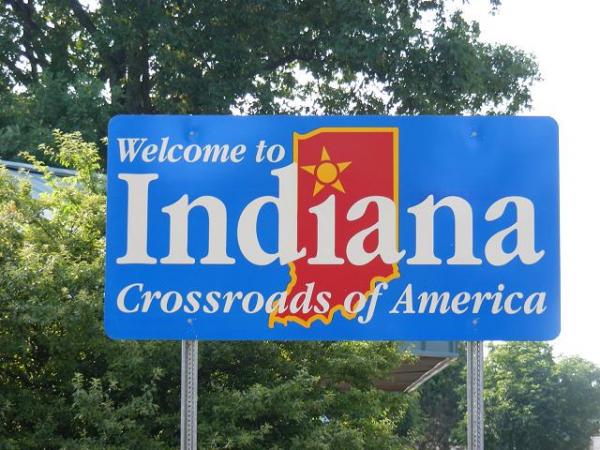The blinking stare of a cursor on a blank page can strike fear into the heart of even a seasoned writer. It just sits there… taunting… waiting for you to write something good. Everyone talks about content these days. The problem is not everyone understands the markers of good content.
Blink, blink, blink. That cursor could wait all day, but you can’t. You need to find words. Good words. Right now. You have deadlines and lists of things to do.
Creating content is no longer limited to the function of the marketing department. All kinds of job descriptions now include some element of creating content. The problem is too often the end result misses the mark, falling flat for the reader. As a content creator, it’s frustrating to spend so much time on something that doesn’t seem to make a difference.
It’s tempting to blame the lack of interest on the topic. Tempting, yes, but not correct. After working in a newsroom for more than 25 years, I’ve learned that topic doesn’t have anything to do with whether or not something is considered good content.
So what makes the difference? How do you know you are creating good content? The answer is in the word itself. All ‘content’ can be judged by the same markers. The more markers you can check, the better the content. These markers can be applied to any industry, any topic, any format.
- Connect with your audience: You have to know who you are writing to in order to connect with them. What does your audience care about? What worries them? What do they want or need? If you don’t know that, you won’t be able to make a real connection.
- Opens hearts or eyes: We live in a 24-7 digital world. I don’t have time to take in all of the content that’s out there and I’m betting you don’t either. Whatever I choose to spend my time on better be worth it. Good content opens hearts or eyes. It makes us happy or sad or mad. It makes us feel smarter or shares a perspective we might not have considered.
- Necessary to your audience: Think about your favorite newsletters or the bloggers you follow or the pages you like on Facebook. Those messages are necessary to your day. You want to hear and see what they are talking about on a regular basis. Good content feels necessary to the consumer. Consider that your #contentgoals.
- True to your message: Good content reflects your brand. People want authentic interactions and anything that feels out of line with what you claim to be, doesn’t feel genuine.
- Element of surprise: What was the last piece of content you shared with someone. Chances are good it contained an element of surprise. We like stories with unexpected endings. We love lists with ideas we’ve never heard of before. Give your audience an element of surprise in what might be considered an otherwise straightforward or no-nonsense topic or catch their eye by presenting it in a way they don’t expect.
- Needs no explanation: Most of us don’t want to think to hard to understand what it is we are reading. Your message should be clear and easy to understand. Good content should never raise more questions than it answers.
- Trust: How many times have you heard the idea that people do business with people they trust? Trust is your ticket to long term success. If you make a claim you better be able to back it up. You have a responsibility to earn that trust as a source of information. Don’t blow it.
Applying these markers will give purpose to any type of content you are creating whether its a blog, a social media post, a newsletter or a podcast.
So what are you waiting for? Get going! That blinking cursor is waiting for you…





